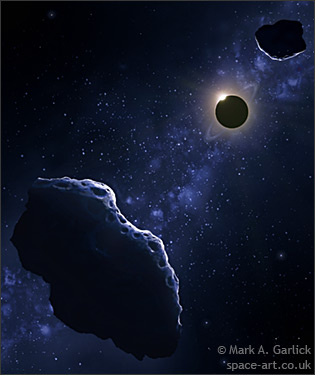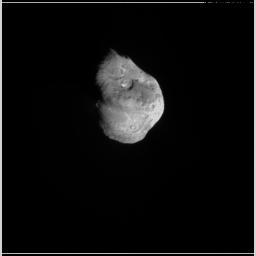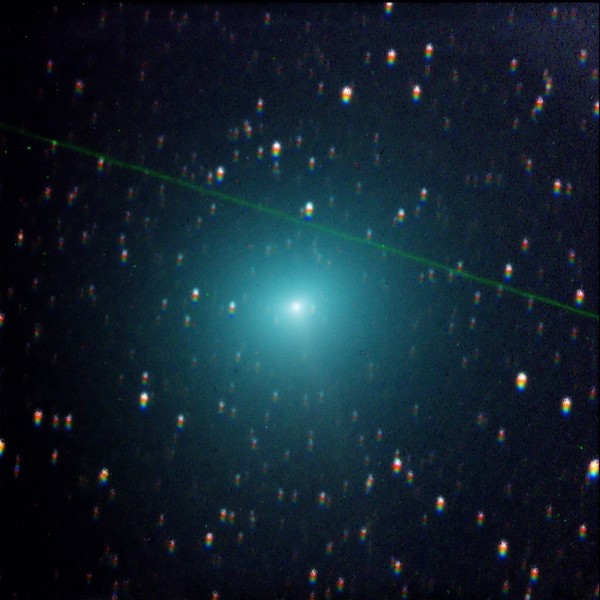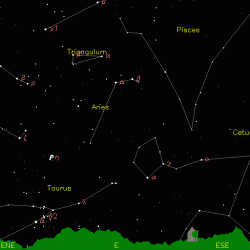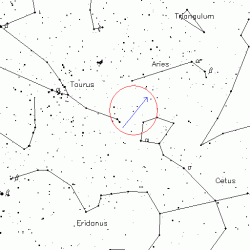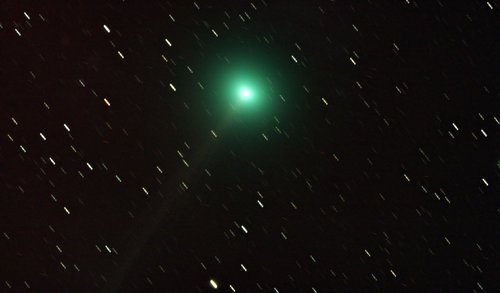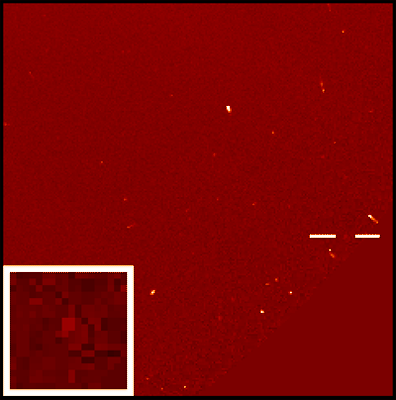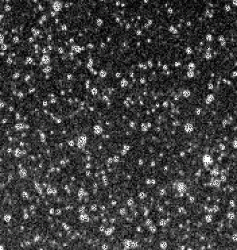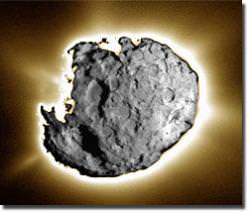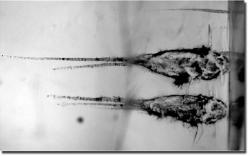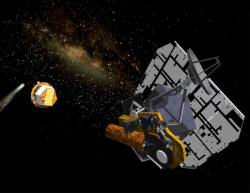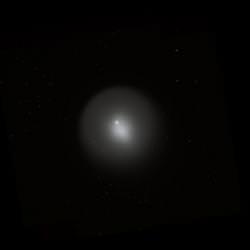[/caption]
A strange Kuiper Belt Object (KBO) has been discovered orbiting the Sun in the wrong direction. The object, designated as 2008 KV42 but nicknamed Drac (after Dracula, as vampires are fabled to have the ability to walk on walls), has a highly inclined orbit of 103.5°. Drac is a rarity as very few objects in the Solar System have retrograde orbits; in fact this kind of orbit is usually exclusive to Halley-type comets that have orbits that take them very close to the Sun. Drac on the other hand travels through the Kuiper Belt in a stable orbit at a distance of between 20-70 AU from the Sun. This finding has puzzled astronomers, but Drac may provide clues as to where Halley-type objects originate…
When an object has an inclination of more than 90° from the ecliptic, its direction of motion becomes retrograde when compared with the majority of the Sun’s satellites that share a common, or “prograde” orbital direction. This type of orbit is usually reserved for long-period comets thought to originate from the mysterious Oort Cloud. However, Drac stands out from the crowd as it orbits the Sun from the distance of Uranus to more than twice that of Neptune. Halley-type comets come much closer to the Sun.
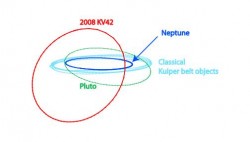
Researchers led by Brett Gladman of the University of British Columbia observed the 50 km (30 mile) diameter object in May. Drac (or 2008 KV42) appears to have an extremely stable orbit, and its possibly been that way for hundreds of millions of years. Although Drac orbits through the Kuiper Belt, astronomers do not believe it originates there. “It’s certainly intriguing to ask where it comes from,” says Brian Marsden of the Minor Planet Center in Cambridge, Massachusetts.
Gladman believes the object originated far beyond the Kuiper Belt, possibly from the same volume of space believed to breed Halley-type comets with highly tilted (often retrograde) orbital periods of between 20-200 years. Gladman and his colleagues believe Drac came from a region beyond the Kuiper Belt, but it didn’t come from the Oort Cloud (some 20,000 to 200,000 AU from the Sun). The researchers believe 2008 KV42 was born in a region 2000-5000 AU from the Sun, a theorized volume of the Solar System called the inner Oort Cloud.
It seems likely that Drac was gravitationally disturbed from its home in the inner Oort Cloud by a passing star, or some other disturbance in its local space. It then fell toward the inner Solar System where it found its new home near the Kuiper Belt. Gladman believes that 2008 KV42 may be a “transition object” on its way to becoming a Halley-type comet. However, it will need to be disturbed again before it breaks free of its current stable orbit to fall closer to the Sun.
The British Columbia team have found a collection of 20 KBOs with steeply inclined orbits, but Drac, the vampire of the Solar System, is the only one orbiting in the wrong direction…
Source: New Scientist

